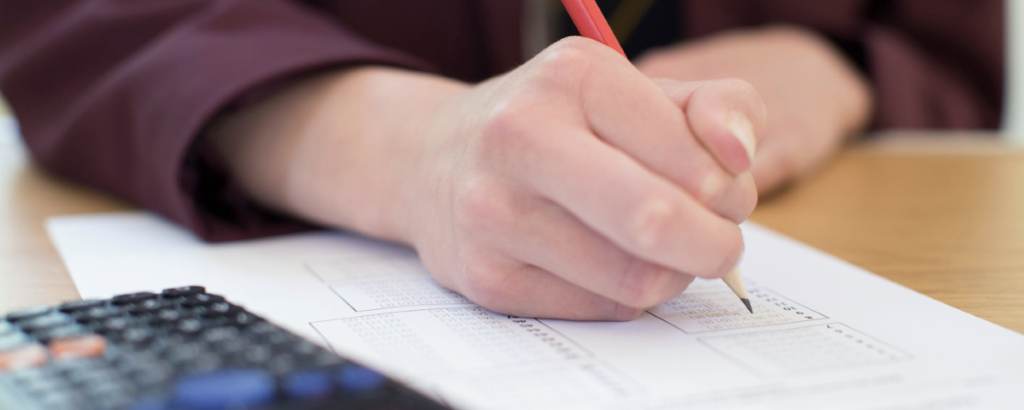An armchair, blanket, and a good book, seem the perfect plan. But it usually happens that in a couple of minutes, the panorama ends in a nap. Have you ever wondered why reading makes you sleepy? How to avoid sleep while studying? The answer is not in the black and white of the letters but the context.
Have you ever heard that when someone cannot fall asleep, they recommend reading? It seems to be good advice if what you are looking for is to fall into the arms of Morfeo. But what happens if what you want or need is the opposite? If you want to read because you bought that book you wanted so long ago, or you’re forced to do it for your work or studies, it’s not best to fall asleep, right?
How to avoid sleep while studying
According to neurology experts, they tell us that reading does not stimulate any circuit that makes you sleep, and that different factors that affect our body cause the reason behind the dream that produces the reading.
Here we tell you what these factors are and how you can fight them:
1. Illuminate the room better
It is important to take into account the level of light with which we are reading, “since the dream is controlled by a whole structure at the brain level in which the most important as a stimulus is luminosity,” explains Daphne Ribera.
For this reason, when the sun goes down, and it gets dark, our biological clock reacts, and the hypothalamus secretes the sleep hormone (melatonin). That is why it is advisable to read in a place with good luminosity and at the same time that it is the same in the whole piece in which you are reading.
2. Order the posture
You must pay attention to the posture you are choosing to read because if you lie down in bed comfortably with a little shawl and your pillow, it is more likely that you will sleep. After all, you will go into “relax” mode. And we usually do that, because we want to be comfortable (it’s not about installing ourselves in a bed of nails), but you have to find a point of balance.
According to the founder of Agile Reading Johannes Waldow, the ideal position is to sit in an ergonomic chair in front of the table, since when sitting on it, it gives you a position that gives tension to the structure of the spine. You can also sit in an armchair, but the idea is to sit straight and avoid reading at all costs in bed.
3. Take fixed breaks
To make good reading, in Agile Reading recommend applying the Pomodoro Technique to rest when you are reading. This technique consists of reading for 25 minutes (without any distraction, cellular airplane mode) and then rest for 5 minutes and so on. During the break, it is suggested to do something different, such as walking, ordering something, or drinking a glass of water. And if the reading is for study, it is recommended not to study more than two hours a day, because after that time the performance goes down a lot.
4. Move
Another recommended technique for recharging energies is to move, walk, and activate the body. A 10-minute walk increases energy for two hours, says a famous study by Robert Thayer, a doctor, and professor at California State University (Long Beach). This, is because a walk pumps oxygen to the brain and muscles, leaving them awake and active, and avoiding the urge to sleep.
5. Never ignore fatigue
This may seem more than obvious, but we tend not to be aware of its importance (until what time did you stay on Netflix yesterday, ah?). An adult should sleep at least seven hours a day, but if insufficient sleep, as often happens, will affect our concentration. Why fight with constant pitching? It is more convenient to take a power nap (energy nap) of 15 minutes and then resume reading. The clinical history of the person is also important, says Daphne Ribera, since she may suffer from some sleep pathology.







